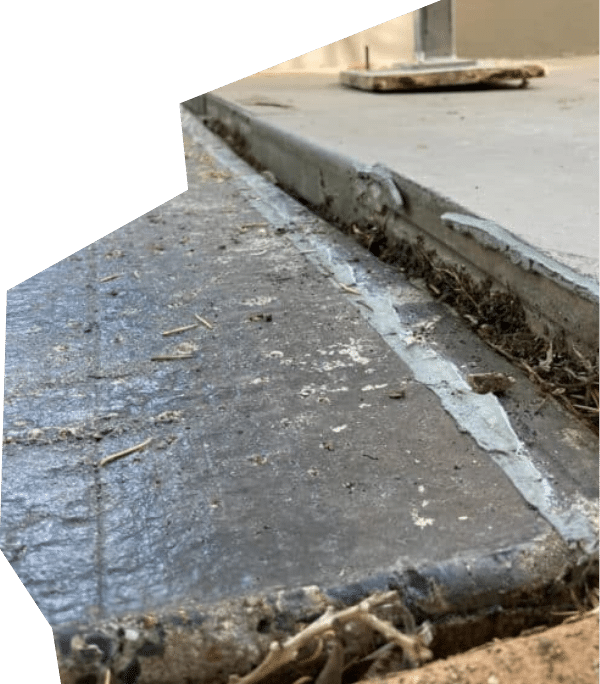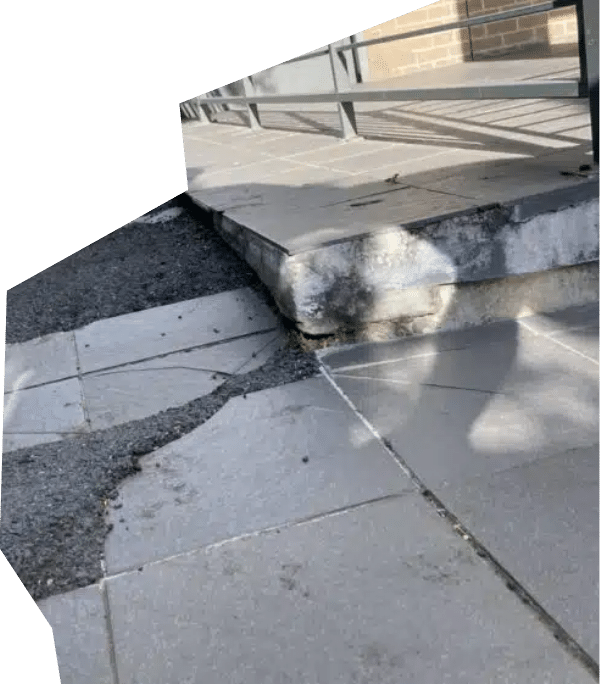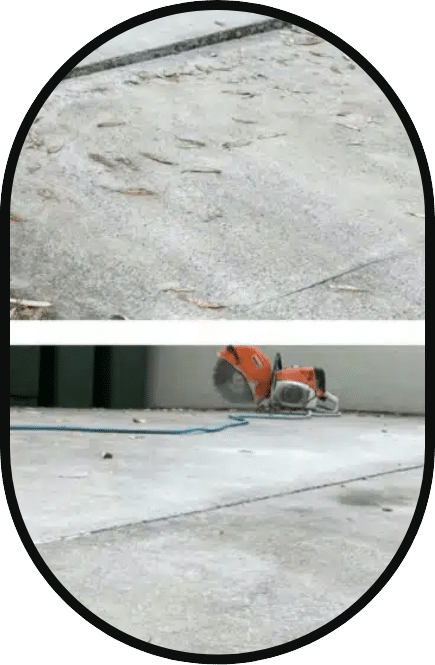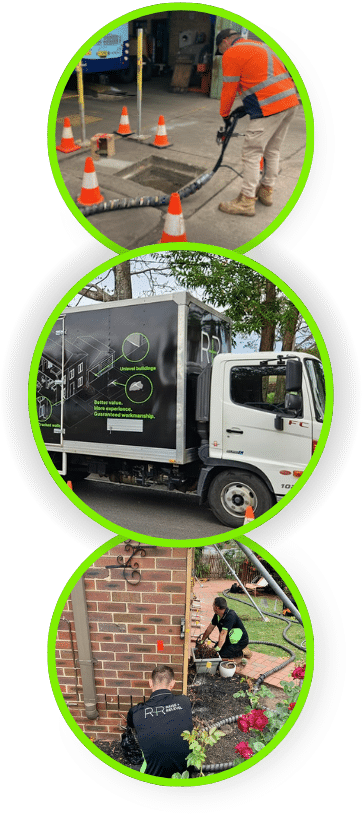There are a variety of causes for sinking floors; they all involve a change in the ground which agitates the soil. During a drought, the ground contracts. Seismic activity can squeeze liquid to the surface from the ground. Construction, heavy traffic, excavation, and machine vibrations can also change the ground’s condition. Different conditions impact different grounds. Clay is more prone to react to seasonal changes, while stone and gravel are more likely to be impacted by construction nearby. When the ground is affected, sinking floors are a common outcome because footings and foundations no longer need structural support.
- Flooding on or near the grounds
- Dried out soil caused by droughts
- Poorly compacted fill
- Termites or other pests.
- Nearby excavation
- Resources being removed from the nearby ground, whether it’s minerals, gas, or liquids
- Seismic activity
- Tree roots drying out the ground, as roots can absorb all of the moisture in an area
- Heavy loading
- Nearby vibrations from machinery, construction or heavy traffic
- Wash away from stormwater drainage or water and sewage pipes
- Retaining wall deterioration
- A lack of organised footing systems, which is common in older buildings or buildings that had been altered or had additions
There is only one solution to sinking floors: raise the foundation, re-level the area, and re-support the building. However, there is more than one way to achieve this outcome. Level correction strengthens weak ground and re-levels the building. The traditional method requires excavation, concrete pouring, and jacking the building, which can be a messy, time-consuming, and expensive project. This would only be necessary for the most severe of circumstances. R&R has a much more friendly, cost-effective and non-invasive solution to repair your sinking floors.






